- Can Additive Manufacturing “Replace” Injection Molding? - May 18, 2023
The Landscape
From the outset, additive manufacturing, or 3D printing as it is fondly known, focused on shortening the time to get a prototype design into the hands of its designer. For plastic parts, the incumbent method was working with an injection mold tool maker to produce a metal mold. Then inject the plastic of your choice into the mold to create your part. If you got the design right the first time it could take six to eight weeks, and if you did not get it quite right, well rinse, repeat, and see you in two months. Fast forward to today, 3D printing has advanced to the point where it is the dominant form of prototyping.
With that success behind us, now we can shift the goalposts and ask the question: can 3D printing replace traditional manufacturing outright, as the default means to create any plastic part? This question speaks to the essence of Nexa3D. Our mission is to “digitize supply chains sustainably.” We achieve this aim by developing advanced additive equipment, software, materials, and processes to drive out the cost, time, and waste that lurks in many traditional methods.
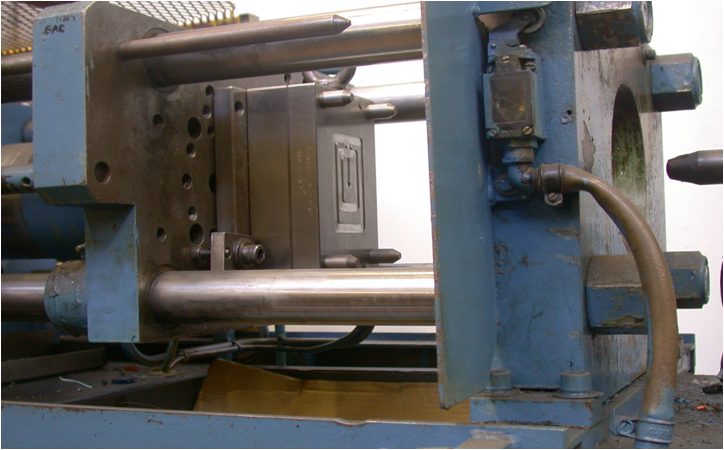
3D printing of plastic parts lends itself to a direct comparison with injection molding, due to its legacy and often the size and look of the parts it creates. While we can contemplate “replacing” injection molding, as a practical exercise, this is not an end in itself. There will always be situations where an incumbent technology is the right choice. But where we can, 3D printing brings many positive benefits such as increasing the scope of capital equipment, lowering material inputs, lowering inventories, and allowing distributed production. Combined, these attributes improve the agility of an organization and help stabilize the global supply chain as a whole. Both are good things in today’s uncertain times.
“How do you eat a 50-ton injection molder?”, a wise man once asked. “One well-suited use case at a time.” I’ll discuss three scenarios where 3D printing is a viable alternative to injection molding, namely
- Lower cost per part
- Faster time to part
- More complex part
Lower Cost per Part
Injection molding is the standard for plastic part creation due to its plethora of feedstocks, reliability of process, and low price for materials. As perhaps an echo of today’s supply chain woes, injection molding blossomed post-WWII when the availability of metals was scarce due to the amount required to support the war effort. This led to massive investments that drove down the cost of mold machinery and plastics that are ubiquitous today.
For both injection molding and 3D printing, costs can be divided into capital equipment costs and operating costs. You must buy (or lease) the capital equipment to get started. This equipment is long-lasting and reusable for various types of parts. If enough parts are made, you can apportion the equipment cost over each part, which in the limit approaches zero. When fully depreciated, capital costs do not play into the Cost per Part analyis. This may be very true in a service-bureau business, but less true in individual companies. This explains why many injection-molded plastic parts are outsourced.
The second factor is operating costs in the form of tooling, material, and labor/automation. This is where the two manufacturing methods present differently. 3D printing uses a digital file of the part, hence there is no tooling required to make a part. Injection molding, however, needs a mold tool to inject into. Each mold tool is specific to each part, representing a fixed overhead cost for each type of part.
Material and labor scale with the number of parts created
Material rates are lower for injection molding due to large economies of scale. For example, according to Statista, a metric ton of polypropylene cost $1,189 and pellets ready for molding can be purchased for $1.00-1.50 per kilogram on Alibaba.com. This compares to Nexa3D’s xPP405 material which costs >$200 per kilogram. At scale, this ~100X factor becomes the dominant. Finally, labor/automation costs play a critical role. This accounts for the costs associated to remove the part from the equipment and post-process it into its final form. 3D printed parts that compete well in this scenario are typically designed to minimize support structures and the need for manual finishing steps.
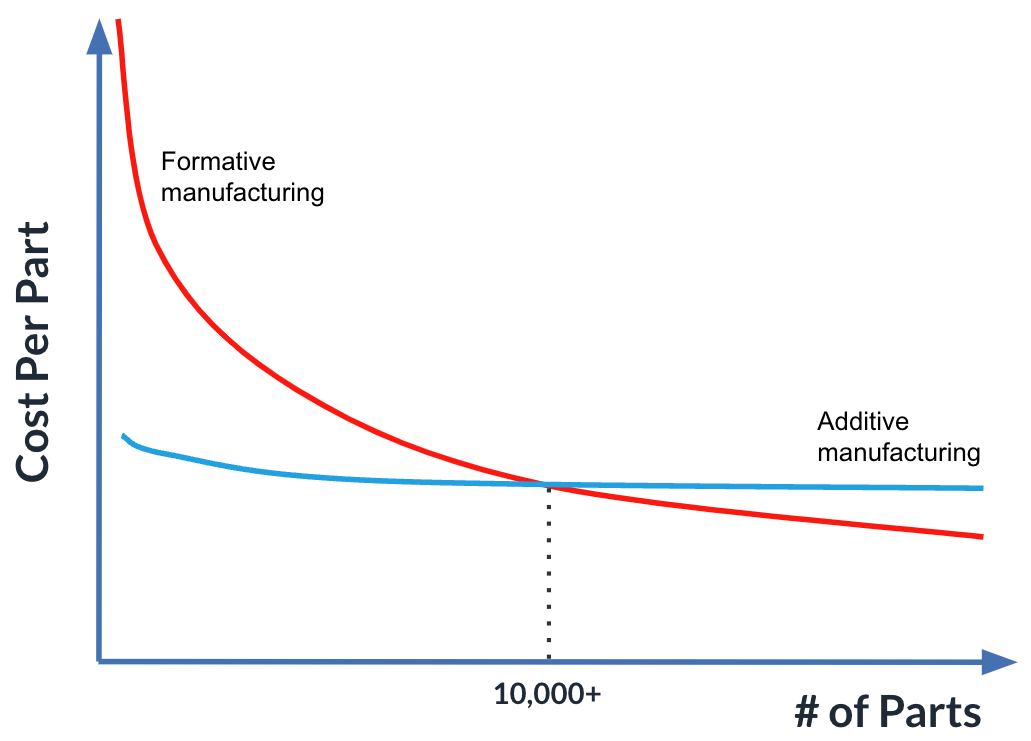
This chart shows a notional comparison of cost per part to the number of parts produced. When only a few parts are created with injection molding, the tooling costs dominate, but at high volumes, the lower material costs drive the overall cost per part down. For 3D printing, due to the lack of tooling costs, the per part cost is relatively flat, although higher for the reasons mentioned previously.
As a result, there is a cross-over when one process yields a lower part cost than the other. Typically, if you want to make fewer parts the advantage is with 3D printing. As I said at the start, that was the intent of developing the process for prototypes in the first place. There is no hard-and-fast rule on the quantity of parts when this crossover happens. It depends on the part itself. At Nexa3D, we’ve seen customers choose 3D printing over injection molding for the creation of small parts out to quantities of 10,000+. The best examples have been designed with minimal post-processing needs. Within our customer base, MaxResolution3D, a German service bureau has automated the process of creating 3D printed parts and routinely fulfills orders of 1,000+ parts at a time. By supplying parts in this manner, MaxResolution3D’s customers can avoid, the up-front costs of higher minimum order quantities (MOQs) and the need to warehouse larger inventories not needed immediately.
Faster Time to Part
The next scenario to consider is the amount of time it takes to achieve some first number of parts.
Before a part can be produced with injection molding, the mold needs to be created. In effect, you are designing both the part and the mold to make it. Usually, part designers are not mold designers. The designer contracts with a firm to make the mold and begin producing parts. This process can take weeks to get quotes from competing producers. Once selected another 4-8 weeks passes before the first version of the mold is ready to inject. And after the first articles are created, the designer must validate them. If any part of this process is faulty, the mold must be scrapped and re-tooled or modified to start the process again. After the mold is validated, then the producers can quickly scale their part production.
With 3D printing, there is no tooling
As soon as the design is ready, parts can be produced immediately. By owning your own Nexa3D 3D printer or by contracting one of our manufacturing partners, you can achieve same-day parts. Scaling production means allocating more machines or daily cycles to a specific part.
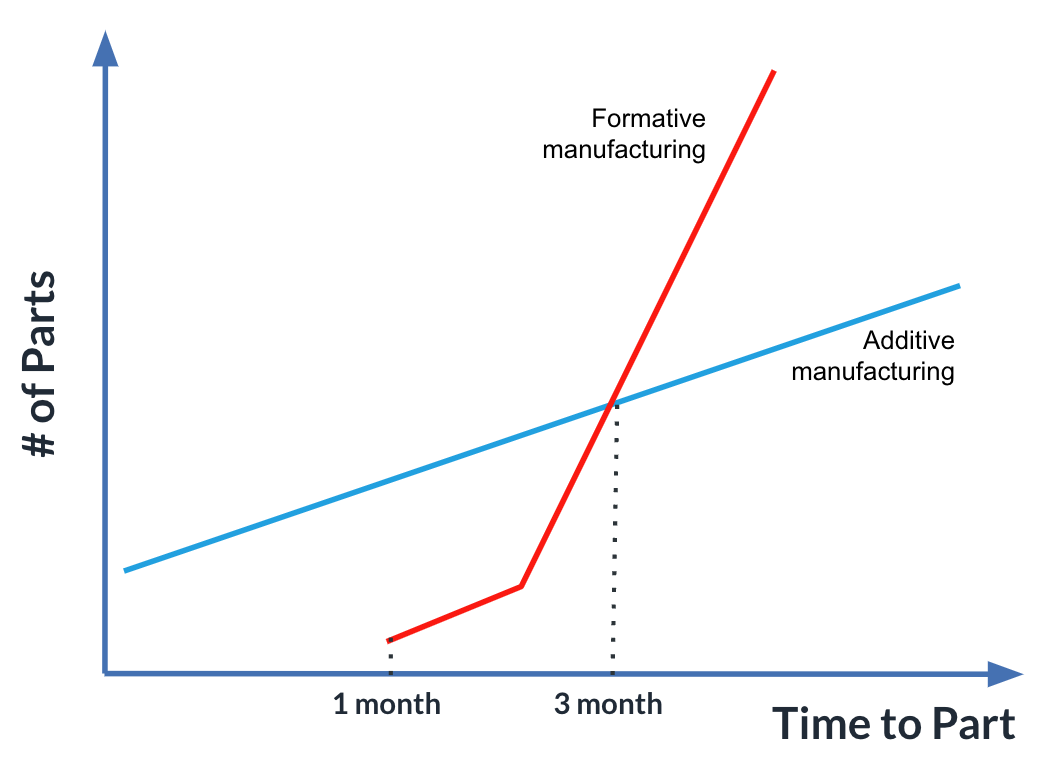
This chart captures the dynamic. 3D printing immediately produces parts, while injection molding undergoes its tool quoting and verification steps. This results in a number of months where 3D printing can provide parts where IM cannot. If the opportunity capture is time-limited there is only one option. A secondary benefit of this instanteous production is the ability to handle demand volatility. The 3D printer can print on-demand, whereas the injection molder must be scheduled and the tool retrieved before parts can be produced.
R3D is an example of this within the Nexa3D customer base. They are a service bureau that was contracted by a Tier 1 automotive supplier to provide aftermarket parts to the French police force within a three-month constraint. The initial delivery consisted of 7,200 parts and the project was so successful the client asked for 10,000 more parts to outfit 1,000 vehicles. Because 3D printing could start producing immediately, they even had time to design the original part and still meet the time window.
More Complex Part
The third opportunity to replace injection molding parts is based on part complexity. I’ll acknowledge that for many complex parts, subtractive manufacturing is the default approach for the same arguments I’ll make below.
But first, what does a complex part mean? In injection molding, a complex part is determined by the number and intricacy of cores and cavities required to make the part. Most parts are made with just one core and one cavity, but you could envision a Lego™ chain using a four-part mold. Intricacy relates to how many smaller features are present along with the main shape of the part. Small, fine features need more validation for proper material flow and mold separation. In essence, complexity is measured by degrees in what is moldable and de-moldable. It is a process-based definition: not a universal one. The concept of Design For Manufacturing (DFM) arose to address this issue.
In 3D printing, there is no mold that constrains how the parts need to be designed
Since parts are produced by assembling cross-sections there are no theoretical geometric limitations to the part. Parts can be intrinsically complex. In practice, each 3D printing process has some limitations. For instance, vat photopolymerization has limits on unsupported wall thicknesses and overhangs, but even these can be overcome at the expense of more post-processing.
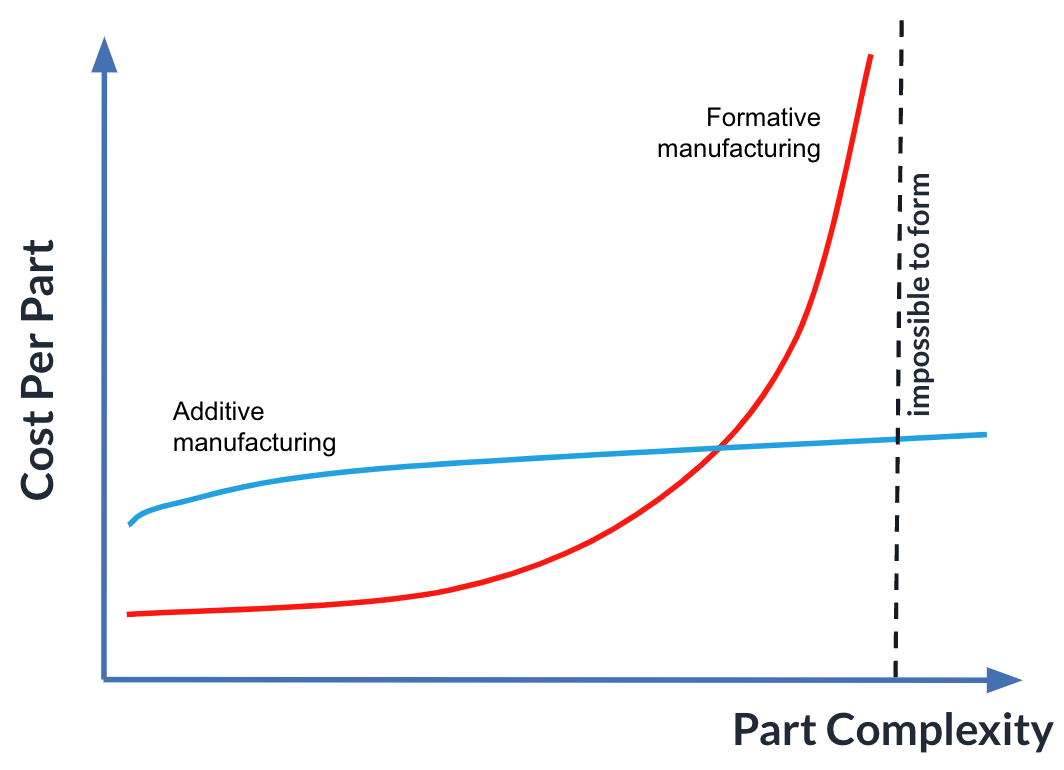
This chart shows the effect of complexity on part cost. With injection molding, as complexity increases so does the cost. The mold design must take into account more and more variables, use a more sophisticated mold, and more expensive equipment. There are even some designs where it is impossible to use an injection mold. 3D printing is often stated as “complexity is free”. This is mostly true but with modest increases in downstream post-processing.
I can point to two familiar examples at Nexa3D. In the orthodontic space, you could economically use injection molding if every person had the same set of symmetric teeth with no undercuts. But that defeats the point, right? There is no way to effectively reuse molding. Impression trays are used as a one-time mold tooling technique but are costly and onerous on the patient. Excel Orthodontics ditched their impression tray and stone casting methods for digital scanning and 3D printing.
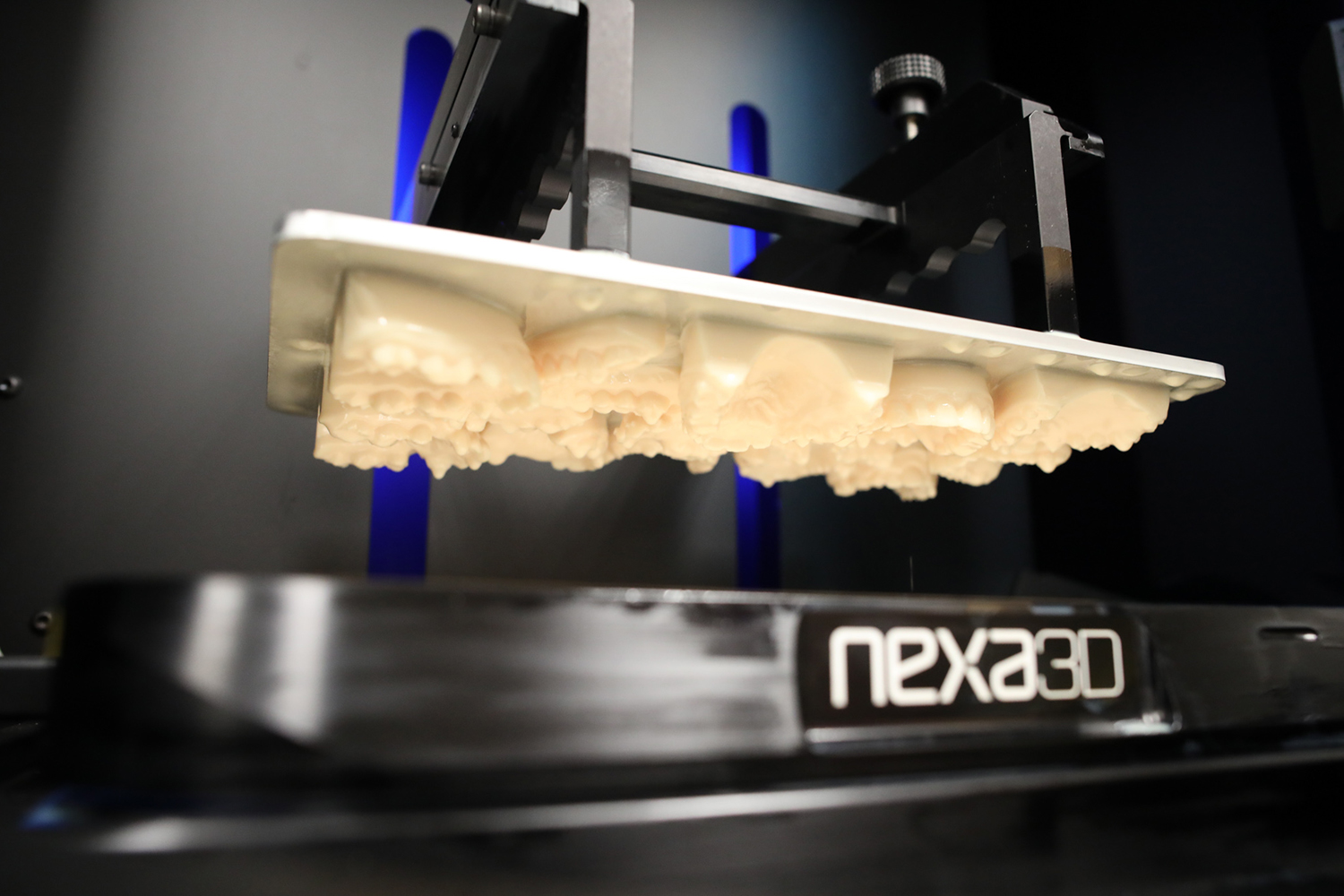
And in the “impossible” category, WeMed created an internet-connected stethoscope for home use during the COVID-19 crisis. The device includes a cavity that mimicks the inner ear. The unique geometry makes it impossible to demond. However, WeMed produced thousands of these parts with Nexa3D printers.
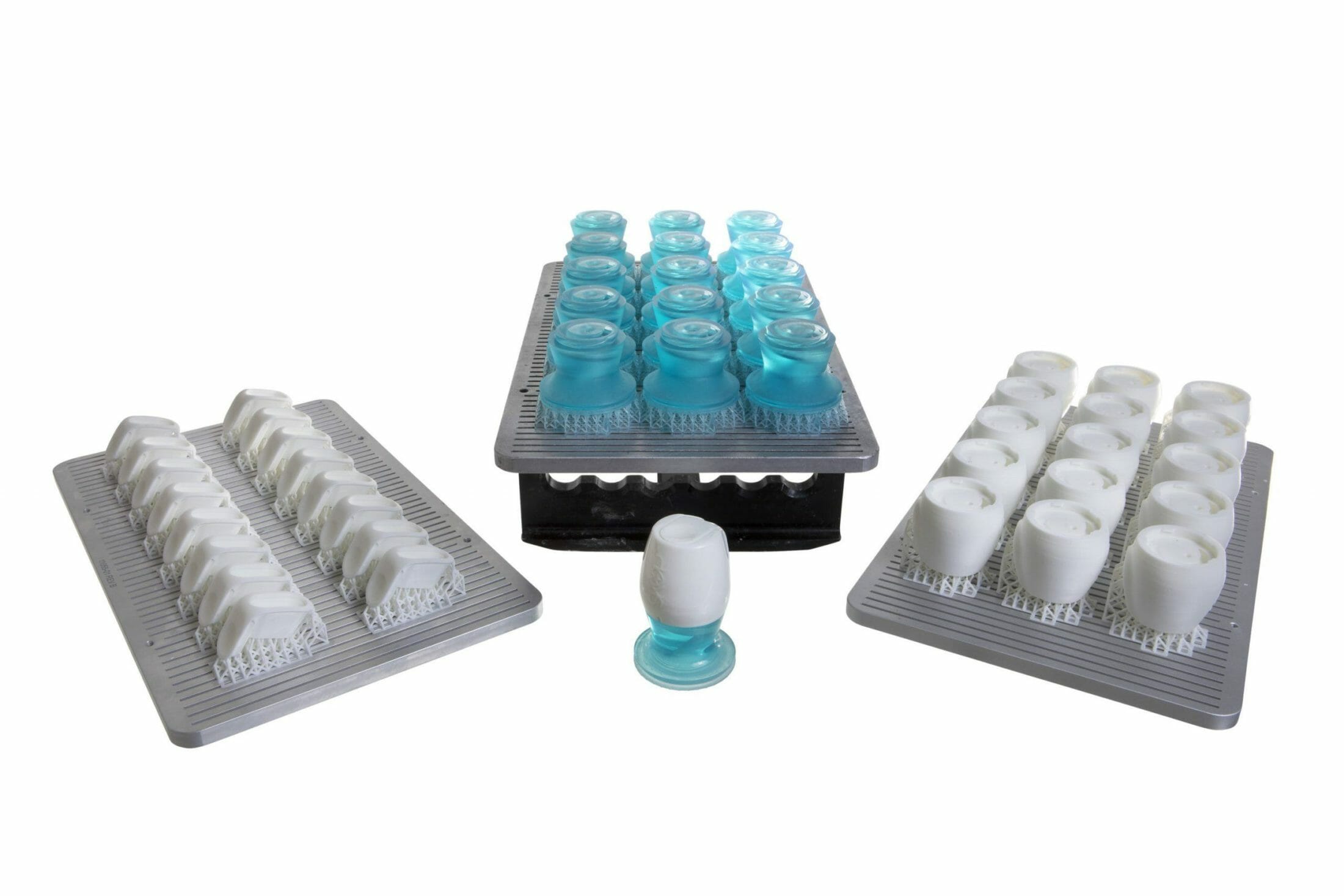
As I’ve laid out this argument, I’ve called out three separate scenarios where “replacing” injection molding allows the cost, time, or complexity constraints to be achieved. In the real world, the most viable 3D printed parts are those that meld the three scenarios into a “perfect storm” – but in a good way! Whereas DFM forced the designer to restrict complexity to achieve cost, 3D printing welcomes complexity to achieve better functionality more quickly. Whereas tooling lead times force the designer into fewer more conservative iterations, 3D printing, with zero lag time to the first part, allows designs to be more flexible and more upgradeable than ever before.
Reality checks
If you believe in these three scenarios, it is just a matter of time until 3D printing overtakes traditional plastics manufacturing. And we’ve shown specific examples where Nexa3D already has. However in reality, the global plastics market at $600B of value in 2022 dwarfs the global plastics 3D printing market valued at $700M in 2022. To effectively “eat the 50-ton injection molding machine” what do we need from a 3D printing equipment and material/labor standpoint to achieve our aims quicker?
#1 – Part Quality
This should be obvious. The 3D printed parts need to perform – often noted as fit, form, and function – as well as, or better, than the original over the lifetime.
- Fit comes down to accuracy. Injection molding is commonly spec’ed at a tolerance of +/- 100 microns. This is related to the control of the heat-based shrink of the plastic part as it cools.
- Form comes down to the aesthetic of the part. Most often injection molding is characterized by smooth surfaces that come from a well-machined and polished metal mold surface. Until stippled, or otherwise patterned, surfaces are the new design aesthetic, 3D printing must match this surface finish.
- Function comes down to the properties and performance of the material for the application in question. Each application has its unique requirements and having a full compendium of plastics is needed. There are literally thousands of fully certified injection molding plastics, but only hundreds of 3D printing ones. Until 3D printing closes the materials gap, complimentary technologies such as Freeform Injection Molding (FIM) can allow traditional feedstocks to be used with complex 3D printed dissolvable molds.
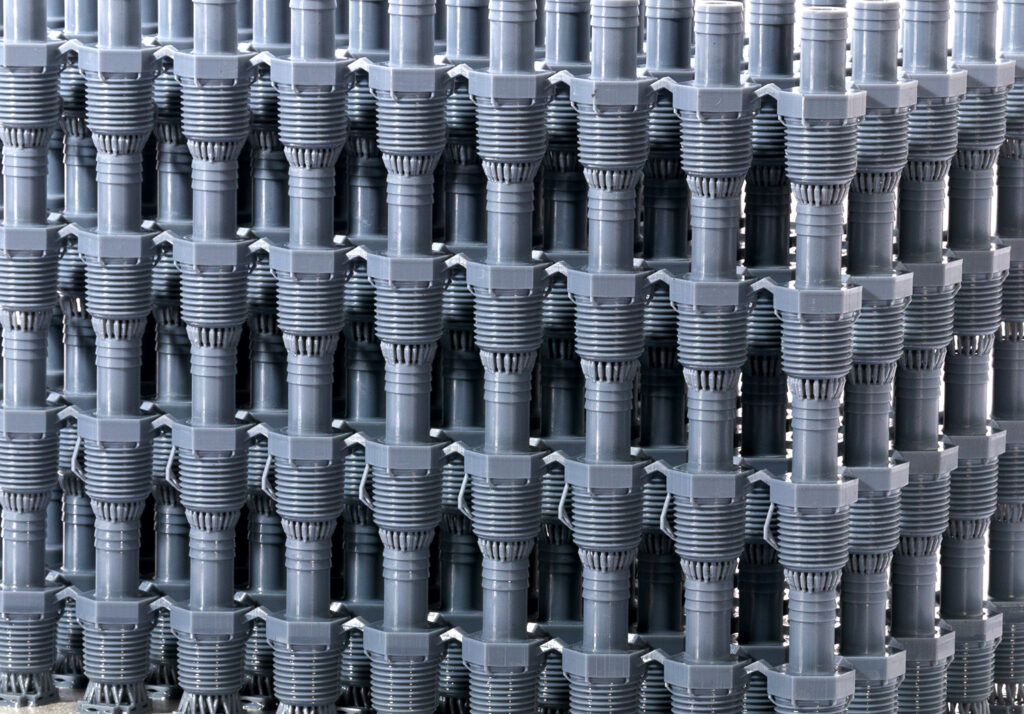
#2 – Part Throughput
Throughput is defined as a combination of speed and capacity. It is important in two particular ways. Our assumption about capital equipment costs approaching zero is only true if we can amortize over a large number of parts. Secondly, greater part volumes are only commercially viable if they can be achieved within finite amounts of time. Once injection molding lines are established, they can produce at high rates. Ultrafast 3D printing technologies, like those from Nexa3D, are newly demonstrating that 3D printers can also compare in raw throughput.
#3 – Process Ease & Agility
Earlier in the discussion, I’ve made the assumption that the equipment is a sunk cost. That is not the case when considering buying new. Equipment with greater scope equates to smaller resource footprints and higher revenue potential across the application set. Due to the digital nature of 3D printing, it possesses high-levels of agility, less so the case for injection molding with its reliance on the physical mold.
Productivity Redefined.
To address these concerns and blaze the path forward, Nexa3D develops ultrafast printing technologies that maximize throughput using open materials. At this year’s RAPID+TCT we announced the latest in our line of industrial photopolymer 3D printers, the XiP Pro.
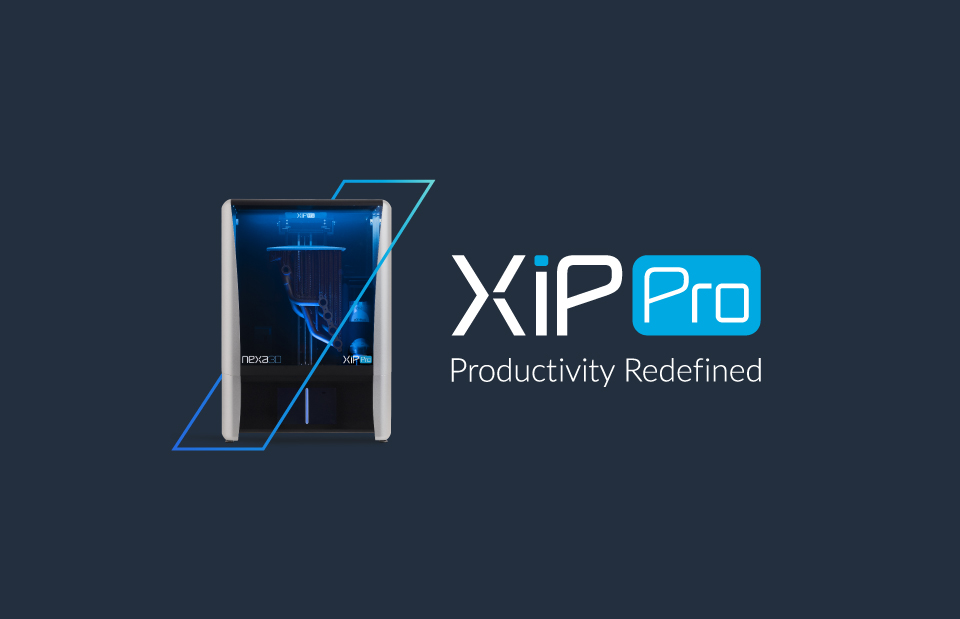
The XiP Pro industrial resin 3D printer confers a number of advantages compared to 3D printers in its class. Its large build volume and fast print speeds combine to give the XiP Pro a 4X throughput advantage. It also boasts a 7K Monochrome LCD. This yields a pixel size of 46 microns, and, when combined with anti-aliasing techniques, delivers sub-pixel part accuracy. With this level of light-control and resolution, part surfaces easily approach the smoothness of injection molded counterparts.
All of this power would be remiss without a complimentary portfolio of capable resins. The XiP Pro carries our line-up of prototyping, industrial, and dental resins developed in-house and from world-class material formulators, including BASF, Henkel Loctite, Keystone Dental. We firmly believe that to compete with traditional manufacturing we must ride the tide of innovation in the industry. In addition to the validated materials mentioned above, our systems are open to materials from non-validated 3rd party providers.
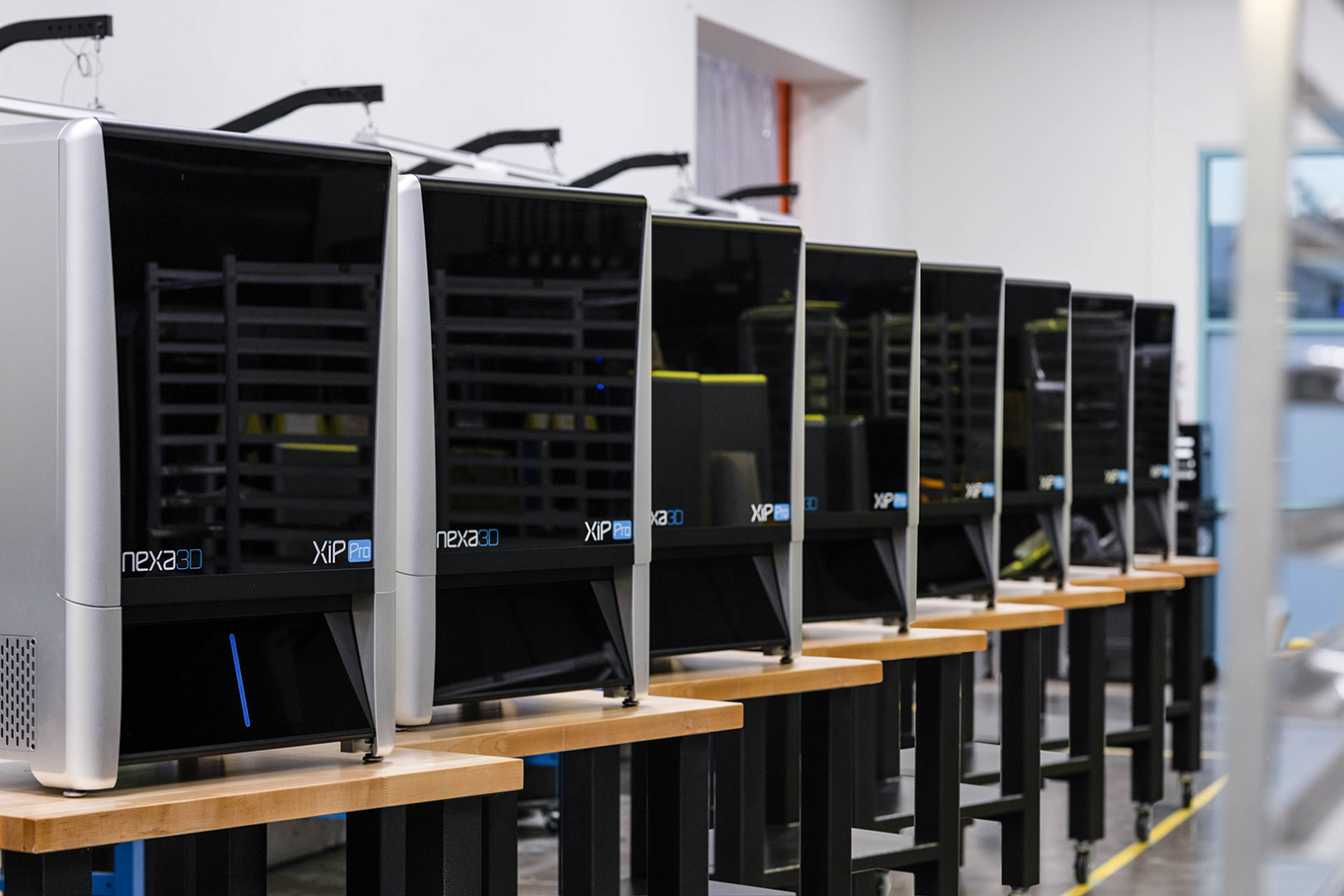
With XiP Pro, we are redefining 3D printing productivity. We are excited to witness the attendant injection molding “replacement” scenarios the XiP Pro will bring to its users. Stay-tuned for more in 2023!
